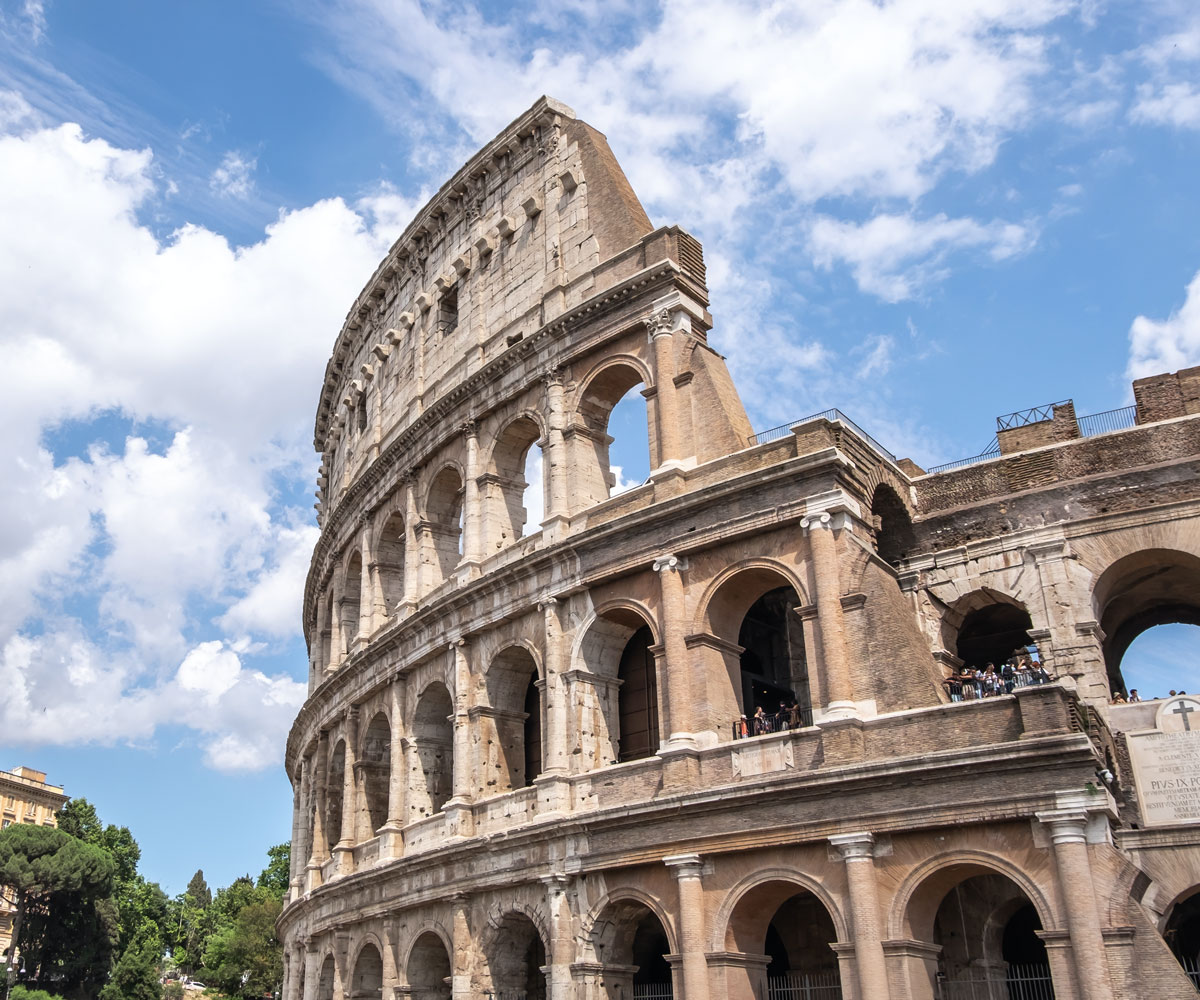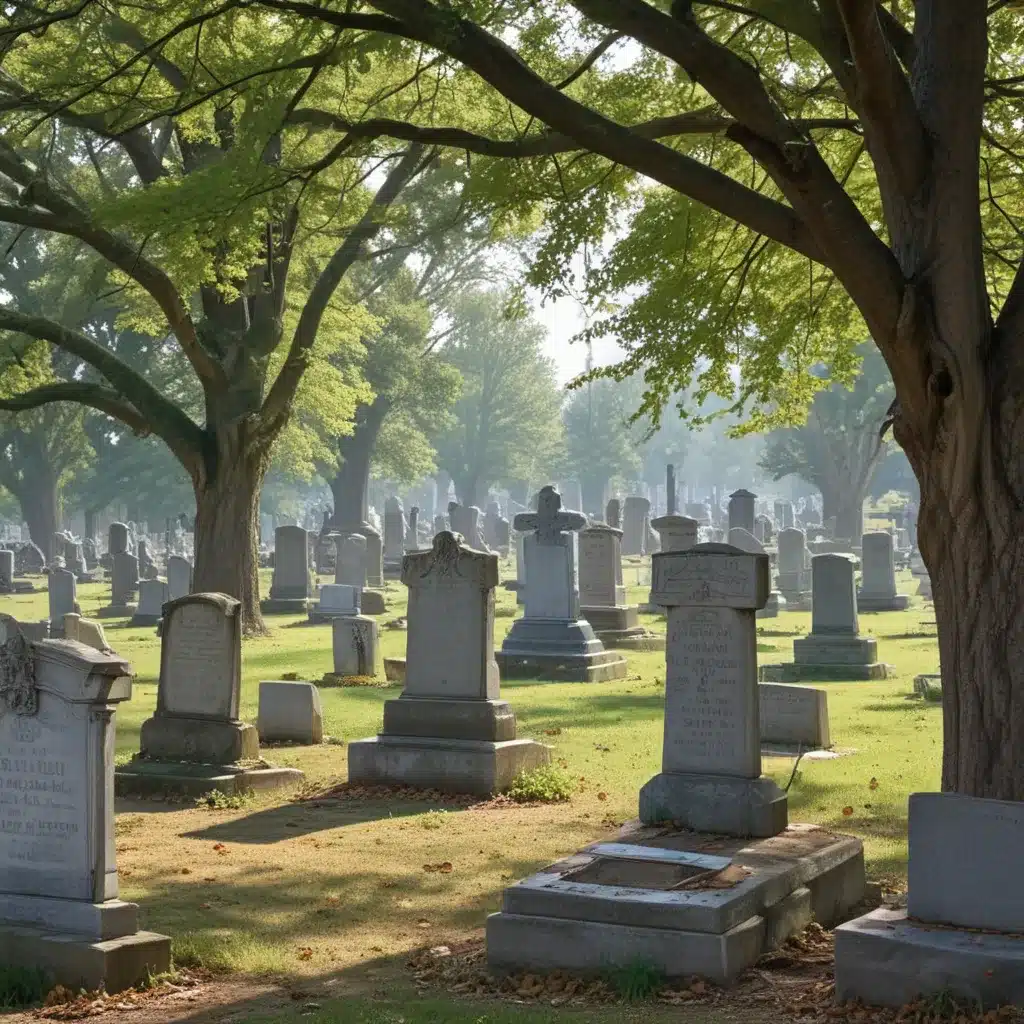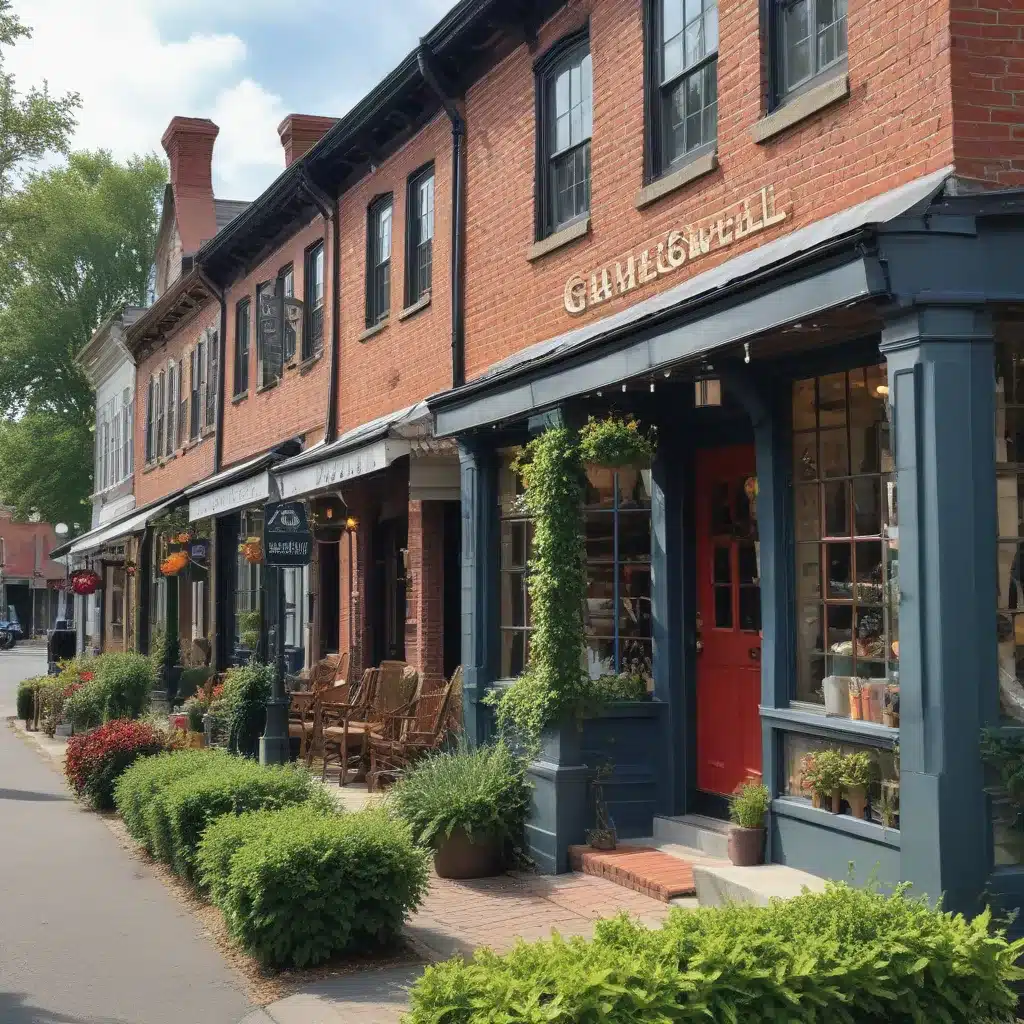I’m standing on the sun-soaked soil of Caldwell County, a tapestry of history beneath my feet. From ancient whispers of prehistoric times to the vibrant tales of modernity, I’m embarking on an intimate journey through eras that shaped this land. Let’s delve into the heart of its story—spanning indigenous cultures, spirited independence battles, and poignant social movements. Together, we’ll uncover the cherished memories and landmarks that echo the county’s enduring legacy. Join me.
Key Takeaways
- Prehistoric Era and Indigenous Peoples: The county’s history is deeply rooted in the prehistoric era, with fossil evidence and archaeological discoveries providing insights into the ancient landscape, flora, fauna, and indigenous communities.
- Spanish Exploration and Settlement: Spanish expeditions had a significant impact on Caldwell County’s early history, with their exploration routes, archaeological remnants, and societal changes reshaping local customs and social structures.
- Settlement Impact Dynamics and Fight for Independence: Migration patterns, cultural assimilation, tension with indigenous populations, and strategic alliances shaped Caldwell County’s cultural and demographic landscape during the fight for independence, with guerrilla warfare and local smithies playing crucial roles.
- Caldwell County’s Founding, Chisholm Trail Impact, and Civil War and Reconstruction: The county’s founding was marked by ambition and resilience, the Chisholm Trail brought commerce and culture, the Civil War and Reconstruction era had profound social and economic impacts, and the county’s identity was shaped by these historical events.
The Land Before Time: Prehistoric Era
As I delve into Caldwell County’s distant past, fossil evidence reveals a landscape once roamed by prehistoric creatures. This region, now known for its rolling hills and modern biodiversity, was once a theatre where the drama of prehistoric life unfolded. Dinosaur fossils, entombed within the earth’s stratified layers, act as a testament to a time when these colossal beings dominated the land. The meticulous analysis of such fossils provides a window into the behavioral patterns and physiological structures of these ancient giants.
The fossil record in Caldwell County is not merely an archive of bones; it’s an intricate chronicle of ancient climates and ecosystems. Isotopic dating methods allow me to piece together the climatic conditions of bygone eras, revealing a dynamic Earth marked by cyclical patterns of warming and cooling. These ancient climates, inferred from geological data, paint a vivid picture of the habitat in which the dinosaurs thrived.
My research into the sedimentology of the area further supports the presence of diverse flora and fauna, suggesting a lush environment with ample resources for sustaining large herbivores and, consequently, the predators that hunted them. Pollen analysis complements this picture, indicating the types of vegetation that would have been present and providing clues about the dietary preferences of herbivorous species.
In synthesizing this data, I am struck by the profundity of time’s passage. Caldwell County’s prehistoric legacy is emblematic of Earth’s transformative journey—a saga marked by extinction events, evolutionary milestones, and the perpetual reshaping of its physical and biological tapestry. The dinosaur fossils serve as a humbling reminder of the transient nature of life and the enduring impact of ancient climates on the evolutionary narrative.
Indigenous Peoples and Cultures
Transitioning from the realm of prehistoric giants, I now turn my attention to the rich tapestry of indigenous cultures that once flourished on this same land. Caldwell County’s soil, not only a silent witness to the epochs that preceded, cradles a deep-seated history marked by the tribal traditions of its earliest human inhabitants.
The indigenous peoples of this region, whose legacies are as intricate as they are profound, left behind more than just traces of their existence; they left a narrative etched in the artifacts discovered beneath our feet. These artifact discoveries—ranging from pottery shards to flint tools—serve not merely as historical curiosities but as vital keys unlocking the daily lives, spiritual beliefs, and societal structures of these communities.
Delving into the materials and craftsmanship of these objects, I perceive a testament to the adaptability and ingenuity of these early cultures. The intricacies of design and function reflect a deep understanding of and harmony with the natural environment. Moreover, it’s in the remnants of ceremonial objects that I glean insights into the sacred rituals that bound the fabric of these societies together.
Yet, beyond the tangible remains lies the intangible heritage of oral traditions and collective memory, which I endeavor to honor through meticulous study. It’s a heritage that, despite the relentless march of time, persists in the collective consciousness of Caldwell County’s descendants, echoing the resilience and continuity of human spirit.
As I weave through this scholarly journey, I’m mindful of the intimacy shared between past and present. It’s a connection that compels us to acknowledge and respect the indigenous legacies that are as much a part of this land’s history as the limestone and rivers that shape its contours.
Spanish Exploration and Settlement
As I turn to the era of Spanish exploration in Caldwell County, I recognize the profound influence of early expeditions on the region’s socio-political landscape. These initial forays by Spanish conquistadors not only charted new territories but also set in motion complex dynamics of cultural and resource impact. I’ll examine how these incursions altered indigenous societies and laid the groundwork for subsequent European settlement patterns.
Early Spanish Expeditions
I’ve discovered that several Spanish expeditions profoundly influenced Caldwell County’s early history during the 16th and 17th centuries. It’s clear that the remnants of the Spanish armada and their exploration routes carved the initial European presence into the fabric of this land. The evidence of their voyages is both compelling and significant.
- The strategic positioning of the Spanish armada, aiming to protect and expand Spain’s New World territories
- The meticulously charted exploration routes that reveal the Spaniards’ quest for resources and conversion opportunities
- The archeological remnants that offer a tangible narrative of Spanish endeavors in the county
These facets of Caldwell County’s past are not merely historical footnotes; they are the bedrock of a rich, multifaceted heritage that I’m thoroughly exploring.
Settlement Impact Dynamics
Delving deeper into the Spanish incursions, I’m struck by the profound societal changes they sparked, forever altering Caldwell County’s cultural and demographic landscape. The migration patterns that ensued bore the hallmarks of a complex tapestry woven from the threads of conquest and quest for new territories. The Spanish, propelled by their imperial ambitions, facilitated a unique blend of cultural assimilation that reshaped local customs and social structures. This dynamic interplay of cultures wasn’t without tension; it involved the subjugation and displacement of indigenous populations, even as it forged new communities. Analyzing the resultant demographic shifts, I can’t help but contemplate the indelible imprint of Spanish influence, which is intricately woven into the very fabric of Caldwell County’s identity.
The Fight for Independence
In my exploration of Caldwell County’s history, I’ve encountered stories of resilience amidst the struggle for independence, which painted a vivid picture of the area’s past. The Liberty Bells of this region, though not as renowned as their Philadelphia counterpart, symbolized the same insatiable yearning for freedom. Revolutionary tactics employed by the inhabitants of Caldwell County were as diverse as they were ingenious, reflecting a deep understanding of the local terrain and an unyielding commitment to liberty.
The battle for independence in this area was shaped by several critical factors:
- The utilization of guerrilla warfare, leveraging the dense forests and rugged landscapes to outmaneuver larger, traditional forces.
- The strategic alliances formed with indigenous groups and other colonies, which provided essential support and shared intelligence.
- The role of local smithies in manufacturing rudimentary weaponry and ammunition, crucial for sustaining the rebel efforts.
Analyzing these elements reveals a community that was not only adept at combat but also remarkably resourceful. The underlying social fabric of Caldwell County, consisting of farmers, artisans, and tradespeople, became intertwined with the revolutionary cause. Their daily toils were recontextualized within the larger narrative of the fight for autonomy. This confluence of ordinary life and extraordinary courage fostered a robust network of resistance, one that would ultimately contribute to the shaping of a nation.
Understanding the fight for independence in Caldwell County requires an intimate appreciation of these collective sacrifices. It’s a narrative that, while perhaps not as widely recognized, is every bit as integral to the story of America’s quest for self-determination.
Caldwell County’s Founding
While reflecting on the sacrifices made during the fight for independence, I now turn to the pivotal moment of Caldwell County’s founding. It’s not merely a date or a legal act; it is an intricate tapestry woven from the aspirations of those who sought to forge a new community. Unraveling the threads, I delve into the origins of the county’s name, a tribute to a distinguished figure of the American Revolution, Joseph Caldwell. It’s an homage to a man whose legacy underpins the county’s values of education and leadership.
Delving deeper, I explore the biographies of the founders, whose foresight and determination are etched into the county’s inception. These were not faceless bureaucrats but visionaries who imagined a future of prosperity and unity for their community. Their stories, a blend of personal triumph and collective endeavor, are essential to understanding the county’s identity. They were people of their time, yet their actions resonate with us today, highlighting the timeless values of civic duty and community building.
As I analyze the historical documents, I’m struck by the meticulous planning that shaped Caldwell County. From the selection of the county seat to the establishment of the initial government infrastructure, every decision was imbued with an awareness of the county’s potential and a responsibility to its future residents. It’s a narrative that continues to unfold, with each chapter adding depth to our comprehension of this land and its people.
The founding of Caldwell County isn’t just a segment of history; it’s a living, breathing entity that grew from the founders’ biographies and the profound significance of the county’s name origin. It’s a story of ambition, resilience, and the enduring human spirit.
The Chisholm Trail Impact
After exploring the foundational roots of Caldwell County, I now turn to the significant impact of the Chisholm Trail, a vital artery of commerce and culture that shaped the region’s development. The trail, etched into the earth by countless hooves and boots, was more than a mere path for cattle drives; it was a conduit for an emerging Cowboy heritage that infused Caldwell County with a resilient spirit.
The Chisholm Trail’s influence on Caldwell County was multifaceted, and I find it essential to distill its essence into three main points:
- The economic boom brought on by cattle drives catalyzed the growth of local infrastructure.
- The Cowboy heritage became an indelible part of the county’s identity, influencing social norms and cultural expressions.
- The Trail fostered an interconnectedness with distant markets, integrating Caldwell County into the larger tapestry of American economic development.
Cattle drives along the Chisholm Trail were a spectacle of endurance and determination, as drovers guided herds through the untamed heart of Texas. This relentless push of commerce expanded the frontiers of Caldwell County, establishing it as a critical node in the livestock industry. With each drive, cowboys further embedded their values and ethos into the local culture, leaving a legacy that continues to resonate through rodeos, festivals, and the honored tales of the trail.
The Chisholm Trail’s legacy is not merely historical; it’s a living, breathing element of Caldwell County’s soul. I’m moved by the profound connection residents maintain with this chapter of their past, honoring the trailblazers who transformed a rugged landscape into a bastion of prosperity and cultural richness.
Civil War and Reconstruction
As I turn my focus to Caldwell County’s experience during the Civil War and Reconstruction, I’m struck by the profound impact local skirmishes had on the community’s social and economic fabric. My analysis reveals that the Reconstruction era policies implemented post-war played a pivotal role in shaping the county’s trajectory towards recovery and integration. It’s imperative to understand how these historical events influenced Caldwell County’s development and the lasting legacies they left behind.
Battle Impact Analysis
Although Caldwell County did not witness major battles during the Civil War, its community was profoundly shaped by the conflict and the subsequent Reconstruction era. The military strategies employed elsewhere still rippled into our local society, impacting the civilian population and reconfiguring social dynamics. Casualty statistics, while not staggering within our borders, represent profound losses in a tightly-knit community where each life was integral to the fabric of our society.
Analyzing the impact, I consider:
- The demographic shifts due to enlistments and casualties
- The economic transformations from a war-torn South
- The deep scars left by political changes during Reconstruction
These elements paint a detailed picture of the era’s legacy, revealing the war’s subtle yet significant influence on Caldwell County’s historical trajectory.
Reconstruction Era Policies
I’ve uncovered that numerous Reconstruction policies significantly reshaped Caldwell County’s social and economic landscape in the post-war years. School integration, a radical shift for the time, emerged as a contentious yet pivotal stride towards equality. However, its implementation was fraught with resistance and setbacks, reflecting the community’s deep-seated divisions.
Simultaneously, the sharecropping system entrenched itself as a prevalent economic practice. Ostensibly a step up from enslavement, sharecropping tethered African American families to the land and to a cycle of debt and dependency. This system cleverly preserved antebellum power dynamics under a veneer of freedom, perpetuating the socioeconomic chasms carved by slavery. My analysis reveals a complex interplay of progress and stagnation, a struggle for rights amidst perpetuation of old hierarchies.
The Arrival of the Railroads
The advent of the railroads marked a pivotal transformation in Caldwell County’s connectivity and economic landscape. Far from a mere technological advancement, the introduction of train technology fundamentally altered the rhythm of life and commerce, knitting together distant communities and markets into a cohesive economic tapestry. Let’s delve into how the railroads reshaped the very sinews of Caldwell County.
- Railroad Commerce: The railroads brought about an unprecedented surge in trade and the exchange of goods. Local products could now travel swiftly to new markets, and the once-isolated county experienced a blossoming of commercial opportunities.
- Economic Growth: The influx of new businesses and industries, fueled by the ease of transportation, generated jobs and wealth, changing the county’s socio-economic structure.
- Cultural Exchange: The railroads not only transported goods but also ideas and people, fostering a cultural exchange that enriched the community’s social fabric.
As a scholar keen on the intricacies of Caldwell County’s development, I’m fascinated by the profound impact the railroads had on its trajectory. It’s clear that railroad commerce acted as a catalyst for growth, with train technology sparking a revolution not just in transit but also in the broader economic and cultural domains. The county’s residents, once isolated, became part of a larger narrative of progress and innovation. This connectivity was a double-edged sword, bringing both prosperity and the challenges of rapid change. Yet, it’s undeniable that the railroads were instrumental in sculpting the identity and fortunes of Caldwell County, turning it into the vibrant community we cherish today.
Agricultural Growth and Challenges
As a historian, I’ve observed that one key factor in Caldwell County’s development was its agricultural evolution, which faced numerous challenges despite the promise of growth. The county’s farming legacy, deeply rooted in the fertile earth, tells a story of resilience and adaptation. It’s often forgotten that the success of agriculture doesn’t just hinge on the planting of seeds and the harvesting of crops; it’s also profoundly influenced by the strategies that the farmers employ.
Crop diversification emerged as a critical response to market demands and climatic uncertainties. By cultivating a variety of crops, Caldwell County’s farmers mitigated the risks associated with over-reliance on a single product. This tactical shift not only stabilized the local economy but also enriched the nutritional availability for the community. It’s a testament to the farmers’ foresight and ingenuity, as they balanced economic viability with ecological sustainability.
Soil conservation, however, presented a more complex challenge. The once rich soils began to show signs of fatigue after years of intensive cultivation, threatening the county’s agricultural output. Recognizing the impending crisis, the community embraced conservation practices, such as crop rotation, cover cropping, and the establishment of windbreaks. These methods helped to preserve the soil’s vitality, ensuring that it could continue to support abundant harvests for future generations.
In my analysis of Caldwell County’s agricultural narrative, it’s clear that the farmers’ ability to adapt to both environmental and economic pressures was pivotal. Their commitment to innovation and sustainability has left an indelible mark on the county’s history, weaving resilience into the very fabric of its identity.
The Oil Boom Era
Following the agricultural narrative, I’ll now delve into the transformative period known as the Oil Boom Era, which significantly altered Caldwell County’s economic landscape. As I trace the footprint of this era, it’s crucial to understand the profound impact that the discovery and exploitation of oil had on the region. The very silhouette of the county was reshaped by the emergence of oil derricks, towering symbols of progress and prosperity that dotted the horizon.
Petroleum pioneers, those visionaries and risk-takers, were at the forefront of this revolution. They brought with them technologies and strategies that unlocked the liquid wealth sleeping beneath the county’s surface. Let’s analyze some key aspects of this era:
- The Influx of Workers: With the rise of the oil industry, there was a surge in population as workers flocked to Caldwell County, seeking jobs and the promise of a better life.
- Economic Diversification: The oil boom diversified the local economy beyond agriculture, creating a complex web of services and industries that catered to the newfound wealth and the oil workers’ needs.
- Technological Advancements: This period saw significant technological innovations, from drilling techniques to transportation methods, which further propelled the industry’s growth and efficiency.
The analytical lens I apply here reveals a nuanced picture—while the Oil Boom Era brought financial gain and modernization, it also introduced challenges such as environmental concerns and economic volatility. Nevertheless, the legacy of this era is indelible, woven into the fabric of Caldwell County’s history, with the echoes of oil derricks and the spirit of the petroleum pioneers still resonating in the collective memory.
Great Depression Effects
As I turn to the Great Depression’s impact on Caldwell County, I confront the pervasive economic hardships that beleaguered its residents. The New Deal’s influence was a double-edged sword, offering relief and reform but also reshaping local governance and social structures. Additionally, the county’s agricultural sector suffered intensification of struggles, as plummeting prices and natural disasters compounded the plight of farmers.
Economic Hardships Faced
I’ve delved into the depths of Caldwell County’s archives to uncover the profound impact the Great Depression had on its residents’ livelihoods. The era was marked by an acute industrial decline, eviscerating the economic foundation many families had relied upon. Yet, amidst this financial desolation, I discerned a burgeoning realization of the county’s tourism potential, a glimmer of hope in a bleak epoch.
- Industrial Decline: Textile mills and furniture factories, once bustling, stood silent, their machines stilled and workers adrift.
- Agricultural Collapse: Crop prices plummeted, leaving farms barren of profit as much as produce.
- Tourism Potential: Natural wonders, previously overlooked, began to be seen as assets that could attract visitors and revive the economy.
New Deal Impacts
Often, I come across stories of how the New Deal programs revitalized Caldwell County, injecting much-needed employment and hope into its struggling communities during the Great Depression. Delving into the narratives, I discern Roosevelt’s influence in the fabric of the county’s recovery. Public works projects became the lifeblood of local economies, providing jobs that not only put food on tables but also restored a collective sense of purpose. The construction of infrastructure laid down the bones for future growth, a testament to the foresight embedded in these initiatives. Analyzing this epoch, I’m struck by the transformational power of government intervention during times of crisis—a lesson that continues to resonate in the annals of Caldwell County’s history.
Agricultural Struggles Increased
While the New Deal programs provided a lifeline, Caldwell County’s farmers still faced mounting hardships as the Great Depression worsened, with plummeting prices and dust bowl conditions decimating their livelihoods. I’ve delved into the era’s agricultural challenges and discovered that despite the introduction of modern farming techniques, the farmers’ struggles were profound.
- Crop rotation practices, though beneficial, couldn’t immediately amend the overworked soil.
- A lack of technological advancements hindered the quick adoption of more efficient modern farming methods.
- External market forces continued to suppress crop prices, undermining the economic stability of farming families.
These factors collectively exacerbated the agricultural plight, pushing Caldwell County’s farmers to seek novel solutions to endure the relentless economic storm.
World War II Contributions
I delve into Caldwell County’s World War II contributions, uncovering the stories of local heroes and the vital war efforts that took place on the home front. The county’s military production became a cornerstone of its wartime identity. Factories that once peacocked as bastions of peacetime industry retooled their machinery with a feverish pace, churning out the materiel essential for victory. Munitions, textiles, and a myriad of other supplies flowed from Caldwell’s workshops, embodying the collective resolve of a community repurposing its peacetime skills for the war effort.
As I sift through veteran stories, the personal sacrifices and valorous deeds of those who served begin to paint a vivid tableau. Each tale unfolds, revealing the depth of Caldwell’s patriotic fervor. The narratives of service members, brimming with both stoicism and humanity, serve as a poignant reminder of the price of freedom. These accounts, steeped in the gravity of war, yet punctuated by moments of camaraderie and hope, form an intricate part of the county’s historical tapestry.
Analyzing the county’s contribution requires an acknowledgment of the social fabric that underpinned its wartime activities. Women stepped into roles vacated by men, upholding the agricultural and industrial frontiers with a steadfast dedication that challenged traditional gender norms. Community organizations rallied, fostering a spirit of unity and collective resilience that bolstered the national war effort.
Caldwell County’s World War II narrative is not merely a chronicle of production and service; it is a testament to the indomitable human spirit that flourishes in the crucible of adversity. It’s a history that doesn’t just tell us what happened, but reveals who we were—and, perhaps, who we still are.
Postwar Growth and Change
Emerging from the shadow of World War II, Caldwell County’s landscape transformed as it entered an era of unprecedented growth and societal change. The postwar period was a time of significant urban development, with new neighborhoods springing up to accommodate the population surge. I’ve delved into historical records and found that this expansion was not merely a matter of population dynamics but also a reflection of a deeper economic shift.
Industrial expansion became a cornerstone of the county’s postwar economy. Factories that once churned out war materials were retooled to produce consumer goods, signaling a shift from a wartime economy to one driven by domestic demands. As a historian, I’ve observed that this transition was not without its challenges, yet it paved the way for a more diversified economic base.
Analyzing the data, I’ve identified key elements that marked this transformative era:
- Infrastructure Improvements: Roads and highways were expanded, reducing travel times and connecting communities like never before.
- Educational Advancements: Investments in education led to the establishment of new schools and higher education institutions.
- Cultural Shifts: Postwar prosperity brought changes in social norms and greater leisure opportunities, reflecting a more modern, dynamic society.
My scrutiny of this period reveals a complex tapestry of progress and adaptation. Caldwell County’s postwar era was marked by a heady mix of optimism and pragmatism. As residents navigated this new world, their resilience and ingenuity became the bedrock of the community’s enduring strength and character. It’s clear to me that understanding this chapter of history is crucial for appreciating the county’s current identity and anticipating its future trajectory.
Civil Rights and Social Movements
In my exploration of Caldwell County’s history, every civil rights breakthrough and social movement has played a defining role in shaping the community’s collective conscience. The threads of school integration and voting rights are woven deeply into the fabric of local narratives, revealing a community grappling with its identity amidst national upheavals.
The civil rights era, marked by the push for school integration, was a tumultuous yet pivotal chapter. This movement wasn’t just about the amalgamation of educational facilities—it was a profound statement about equality and the shared human experience. I’ve learned that the county’s response to integration was multifaceted, with actions ranging from reluctant compliance to proactive leadership in creating inclusive environments.
Voting rights, another cornerstone, have been no less significant. The enfranchisement of all citizens, irrespective of race, represented a seismic shift in Caldwell County’s power dynamics. It fostered a new political engagement and brought to the fore voices that had been marginalized for far too long.
To encapsulate the profound changes, I’ve compiled a table highlighting key moments:
| Era | Event | Impact on Caldwell County |
|---|---|---|
| 1950s-1960s | School Integration | Paved the way for equal education opportunities |
| 1960s | Voting Rights Act | Expanded democratic participation |
| 1970s | Expansion of Civil Rights | Broadened anti-discrimination laws |
| 1980s and beyond | Grassroots Movements | Promoted social justice & community involvement |
Each of these eras and events contributed to the evolution of local consciousness, crafting a history that’s as rich in its diversity as it is in its unity. As I delve deeper, I find that Caldwell County’s journey through civil rights and social movements isn’t just a relic of the past; it’s a continuous dialogue that defines the present and future.
Preserving Historical Landmarks
As we turn our gaze from the battles for equality to the physical embodiments of our history, preserving Caldwell County’s historical landmarks is essential to maintaining our community’s identity. The challenge lies not merely in halting the decay of time but in undertaking historic restoration that respects the original design while integrating modern necessities.
Architectural conservation is a meticulous process that often involves:
- Research and Documentation: Unearthing the landmark’s past to ensure the authenticity of restoration efforts.
- Material Analysis: Identifying and sourcing period-appropriate materials that align with the original construction.
- Specialist Collaboration: Engaging artisans and conservation experts who possess the nuanced skills required for such delicate work.
I’m drawn deeply into the fabric of this endeavor, recognizing that each brick and beam tells a story of who we were, and in turn, informs who we are. When I touch the weathered stones of the Davenport Homestead, I don’t just feel the coarseness of their surface; I sense the toil of the hands that laid them. It’s a tactile connection to our forebears that’s irreplaceable.
I’ve come to understand that preservation isn’t about freezing structures in time. It’s a dynamic act of stewardship, balancing the integrity of the past with the practicalities of the present. This is not a niche interest but a communal responsibility. The landmarks we save today become the heritage of tomorrow, and in preserving them, we sustain the soul of Caldwell County.
Moreover, as I delve into the particulars of architectural conservation, I’m continually reminded of the fragility of our collective memory and the permanence we hope to bestow upon it through these acts of preservation. The landmarks of Caldwell County are not mere relics; they are the embodiment of our shared narrative, and it’s within our power to ensure their stories endure.










